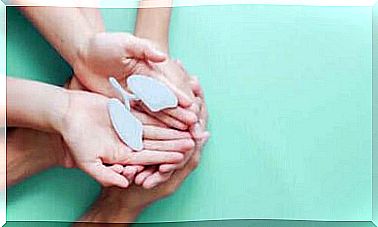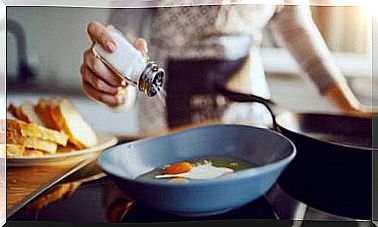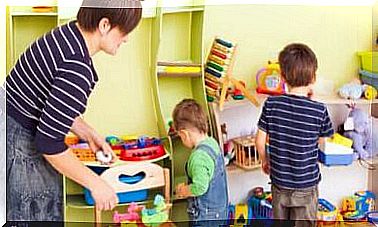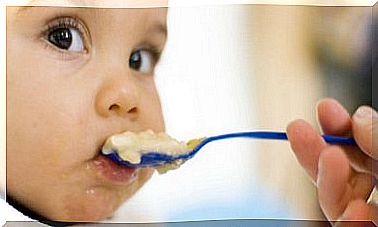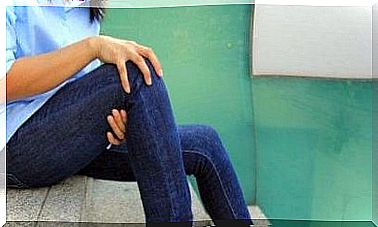Tips For Sterilizing Baby Bottles
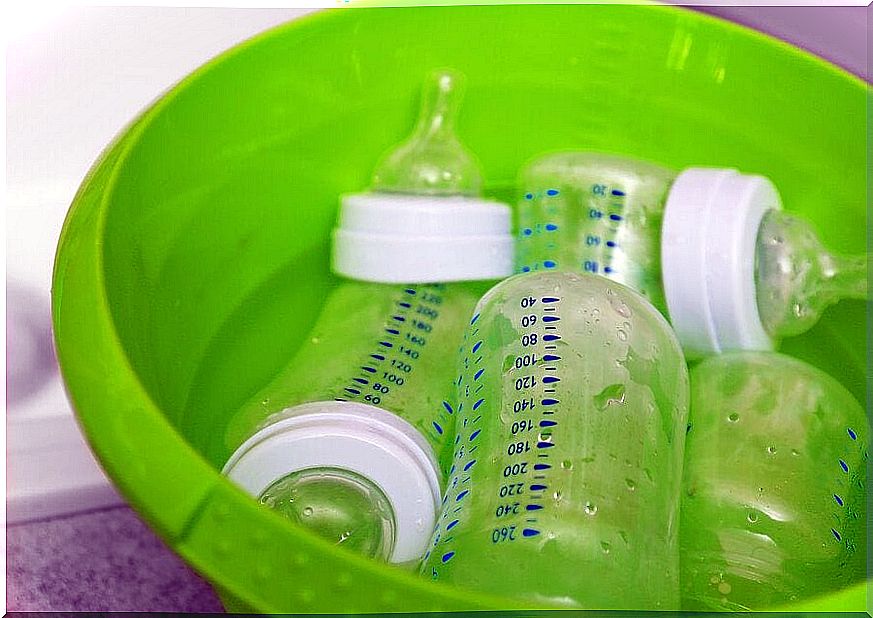
The arrival of a newborn baby brings great joy to the parents, but it also comes with more responsibilities and precautions. One of the most important aspects is feeding, which also includes sterilizing baby bottles.
The World Health Organization emphasizes the importance of breastfeeding in the first months of a baby’s life. However, some mothers prefer not to breastfeed or cannot because of certain factors. In these cases, mothers will use formal milk, which involves the use of bottles.
Is it necessary to sterilize baby bottles?
The answer is yes, it is necessary to sterilize baby bottles. Once babies are born, they do not have a fully developed immune system.
This means that they do not have the necessary defenses to prevent infections, vomiting or diarrhea. Therefore, sterilization of baby bottles is necessary.
There are many ways to sterilize used bottles. All are effective and vary according to each person’s needs and circumstances.
Before working with these items, it is very important that you wash your hands with soap and water. This way you can prevent bacteria from getting into them.
Types of sterilization of baby bottles
Here are the most common ways to sterilize baby bottles.
1. Sterilization of baby bottles with boiling water
It is one of the most economical ways and accessible to all. You need to boil water in a container and put bottles, pacifiers, etc. in it. While it is the most economical solution, it is not always the fastest.
With the traditional systems, objects must be in the boiling water for approx. 20 minutes. Once the bottles have been sterilized, they must be used immediately or they will lose their sterilization.
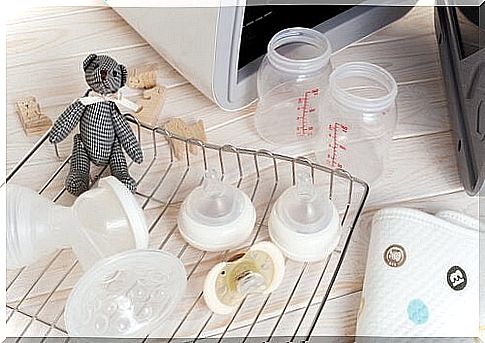
2. Electric steam sterilizer
There is large selection in the market for steam bottle sterilizers. You can find them in different sizes usually in 4 to 6 baby bottles. It is very useful as they can sterilize several items at the same time.
The electric steam sterilizer is very easy to use. Simply place the bottles inside it and click the start button. Once sterilization is complete, they can be stored in the same container in which they were sterilized.
3. Microwave sterilizer
This type of device is also practical and quite popular among sterilization options. To use it, wash the bottles, put them in the sterilizer, add water and then put them in the microwave.
These products are light and economical. They vary according to their size and capacity, which can be from two to six baby bottles. In addition, they also sterilize pacifiers and other baby things. They are affordable and you only need a microwave to use them.
4. Chemical bottle sterilization
Known as cold sterilizers. You dissolve a tablet in cold water, which causes the water to sterilize. The major disadvantage of this method is that it takes a long time. The process takes between 30 and 60 minutes.
But they are easy to use for families who travel a lot. They do not require electricity or present any kind of risk as it is made with cold water.
5. Self-sterilizing bottles
These types of products are very practical when you do not have other sterilization methods available. You just put water in them and put them in the microwave and the bottle gets sterilized. They are not expensive and are very helpful in tight situations.
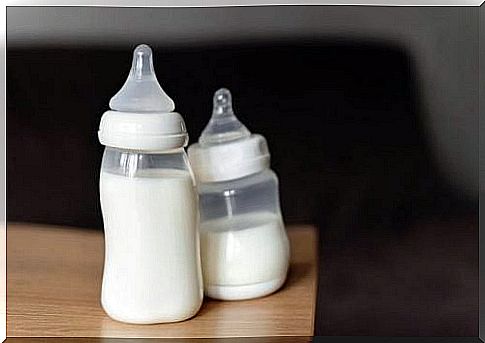
Tips for cleaning the bottle sterilizer
A tip that can be used daily is to always ensure that there is no milk or water left in the bottle. Before placing the bottles or pacifiers in the sterilizer, wipe them well as bacteria grow in moisture.
When using the selected device, it is important to wait for it to cool down before removing them. It is also important to remove the water to keep it clean and dry, as well as to disconnect the switch after use.
Once a week, it is recommended to clean the internal heating elements and the lid of the sterilizer very thoroughly. It is also useful to wipe it off with a cotton cloth with alcohol on the outside of the sterilizer. Do not forget the plastic part of the cable and the plug.
Finally, it is a good idea to make a mixture of water and vinegar monthly. Simply pour it into the sterilizer and turn it on. Vinegar acts as a disinfectant that helps clean the sterilizer thoroughly.

